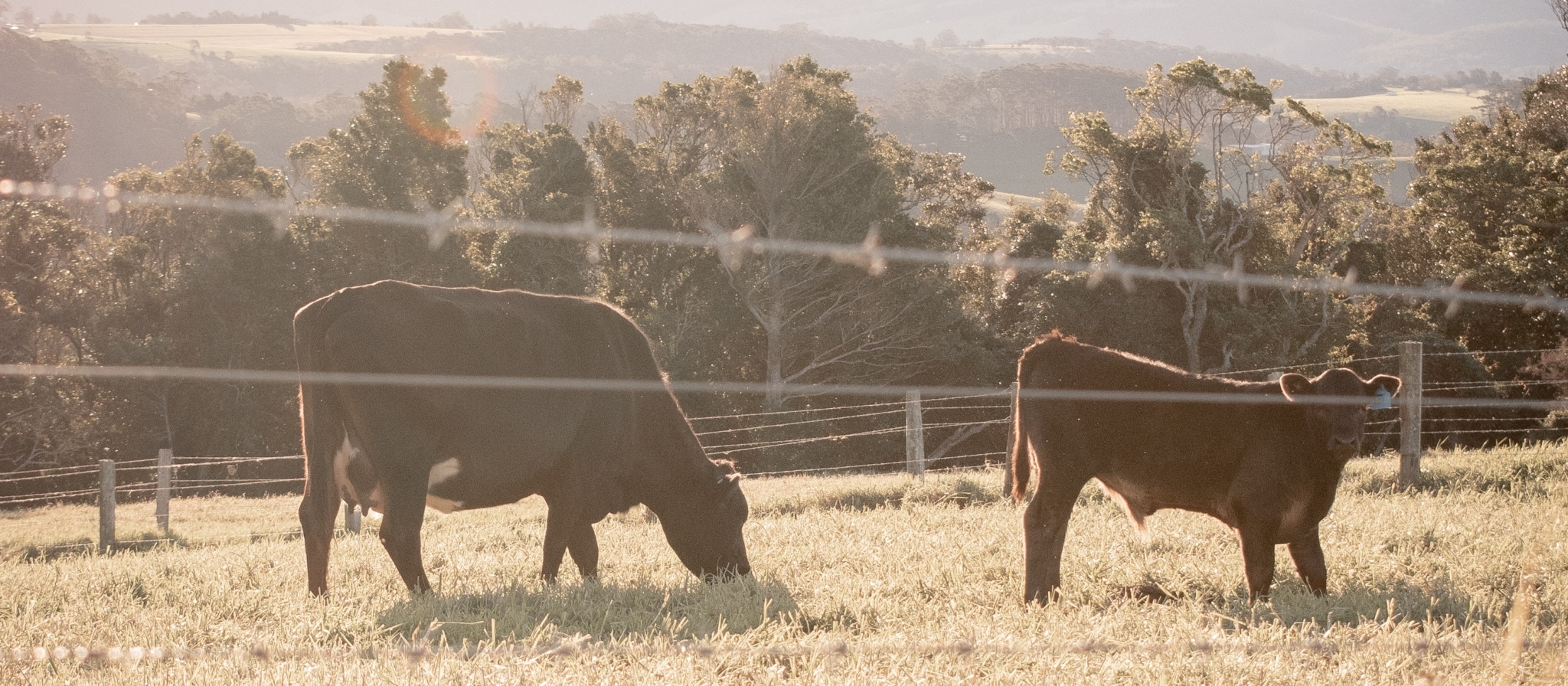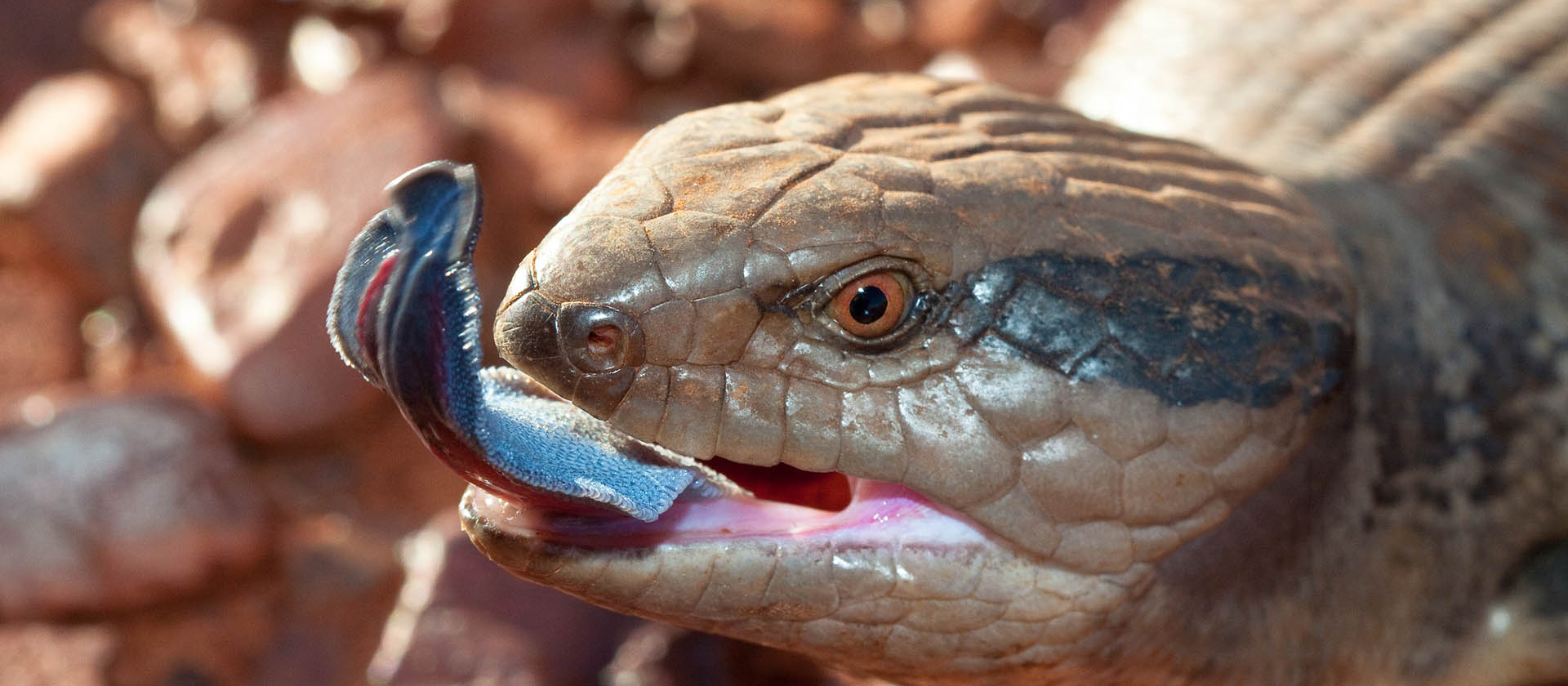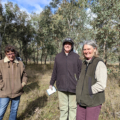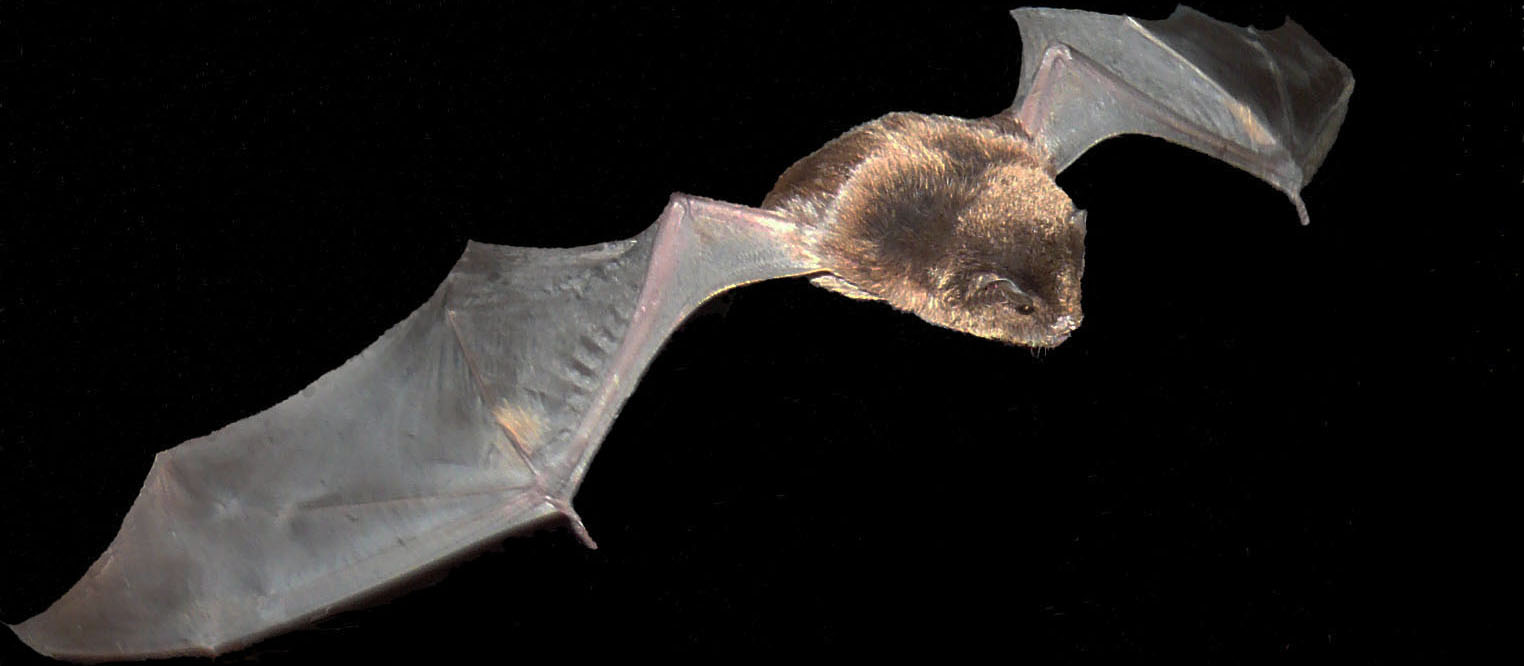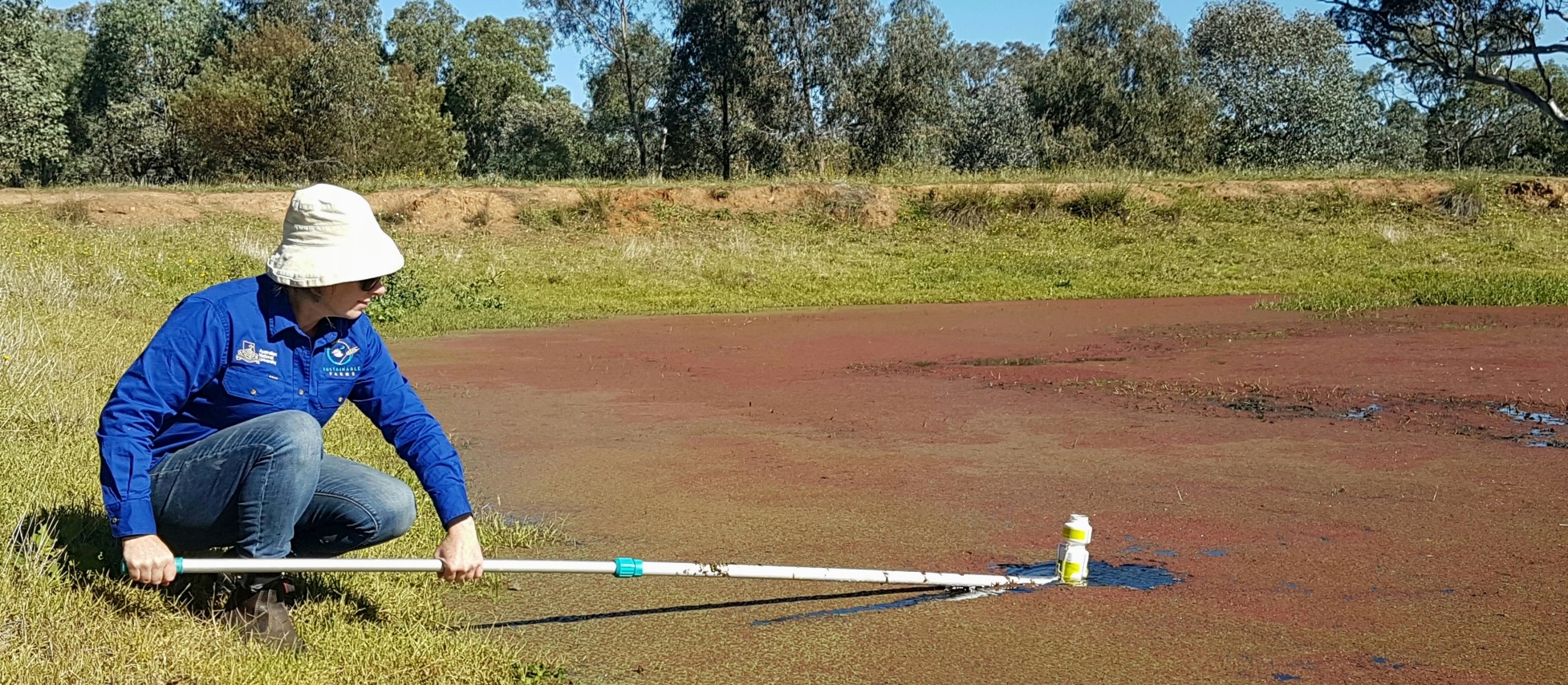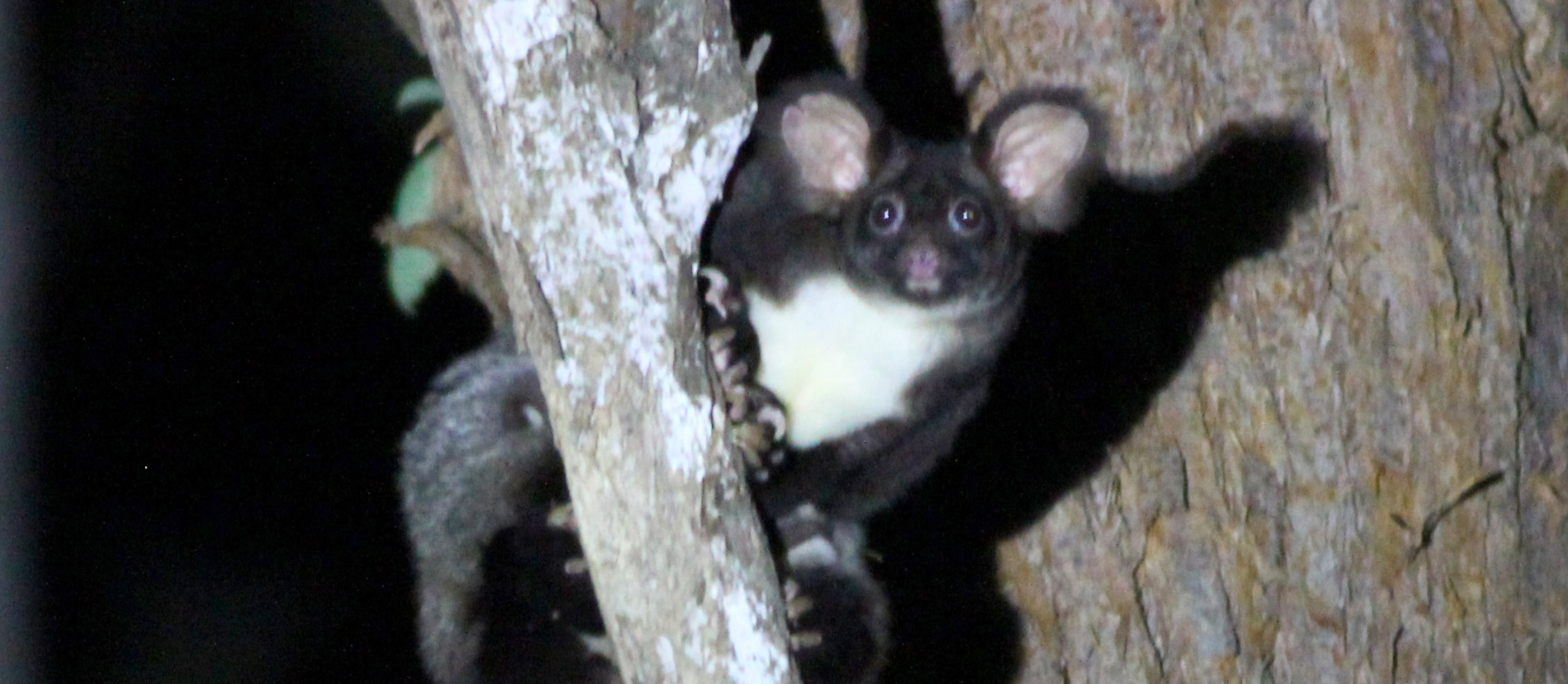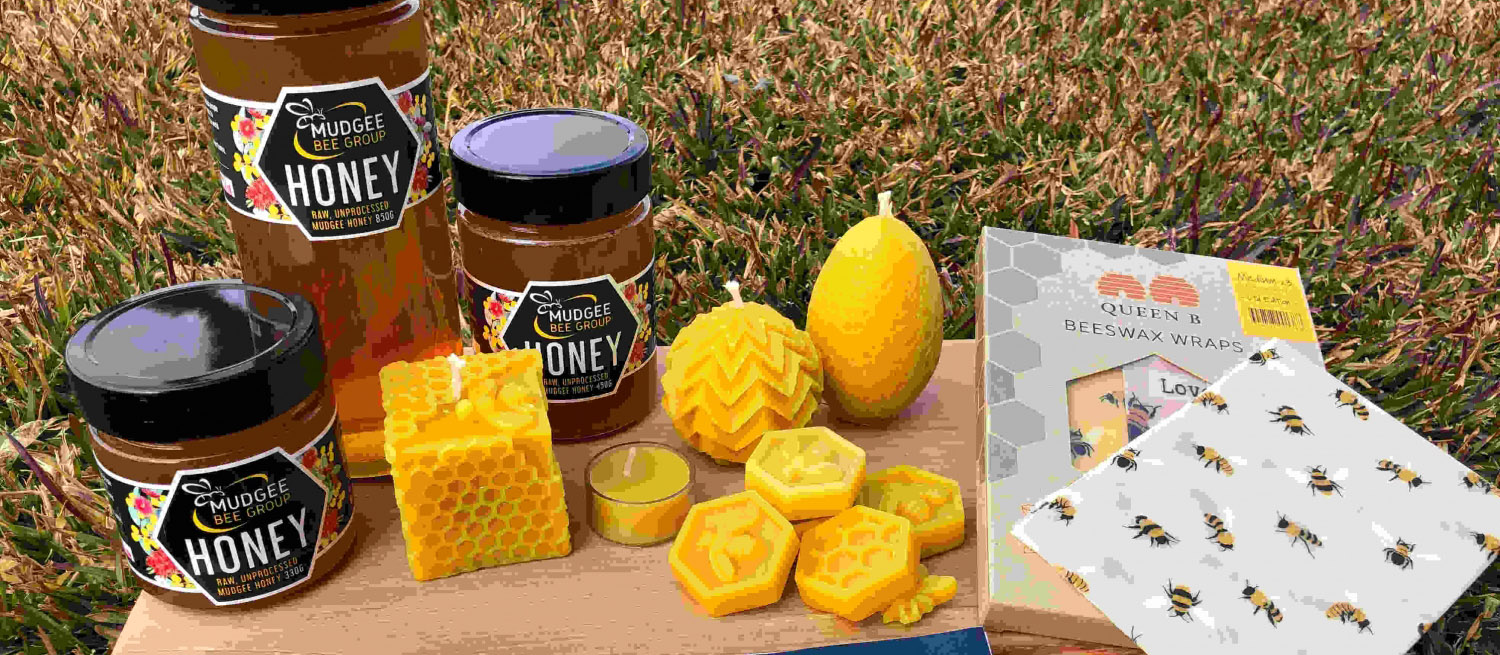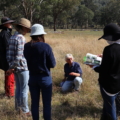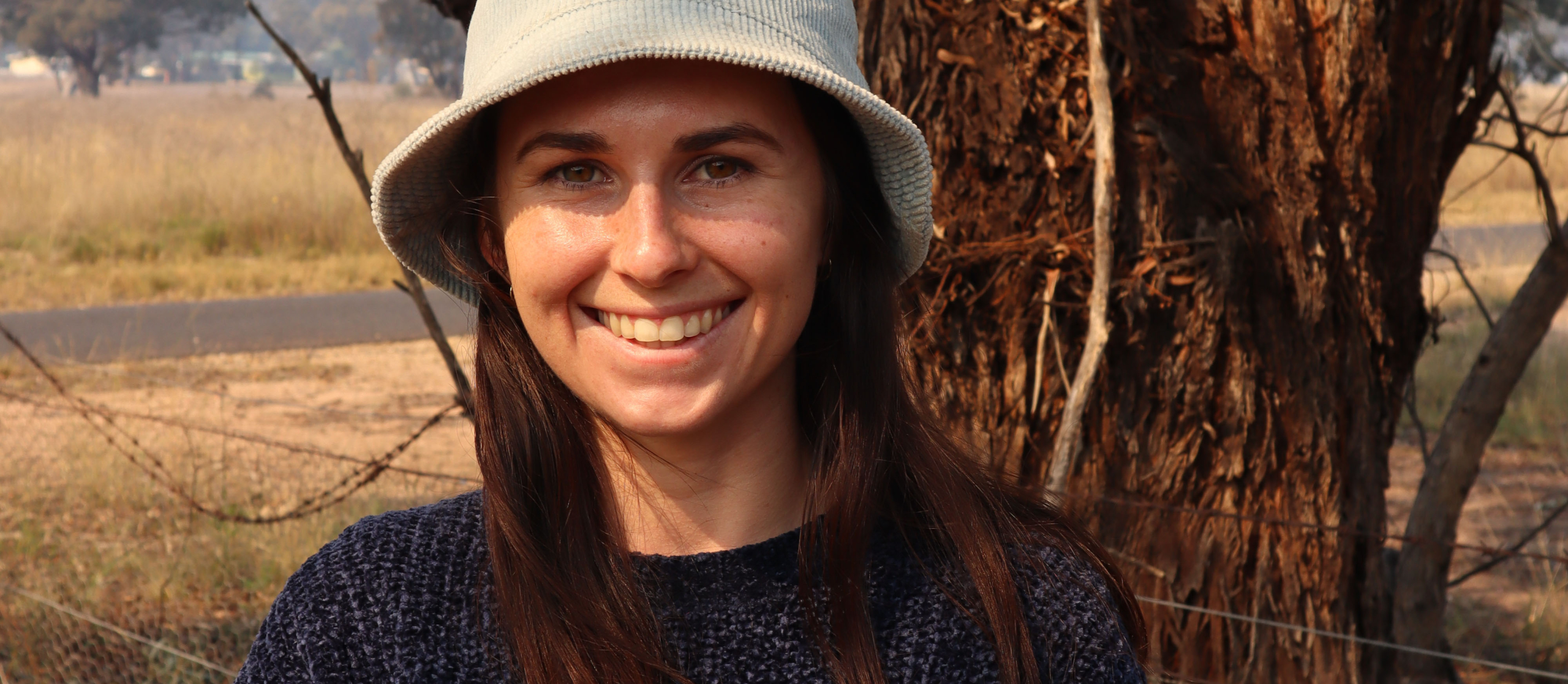Sticks & Stones – A Decade in the Making!
Published 15th July 2024. Written by Maddison O’Brien
A common sight; a seemingly harmless sheep track or farm road acts like a drain in heavy rain. The miraculous powers of water droplets cling to the top soil and gain momentum down the slope. When there is no ground cover or debris to slow the water, a feedback loop of erosion begins and over time the track deepens and widens so much that the sheep can’t walk it anymore. The channel becomes a highway for water rushing down the hill with nothing to stop it. A gully is what forms, creeping up the slope silently.
This pattern has been repeated across our Australian landscape with an estimated 620,000 Kilometres of Gully erosion impacting agricultural productivity today. Gully erosion is a worrisome issue, lowering the water table and flushing precious topsoil into rivers and dams while impacting the greater ecosystems and water cycle functions. How can we stop it?
Enter the Mulloon Institute a non-profit organisation dedicated to restoring landscapes and improving agricultural practices through regenerative land management and education. The team at Mulloon have an inspiring track record of landscape rehydration projects, notably their work remediating gully and stream erosion.
Earlier in June we met with Erin Healy and Laura Fisher from Mulloon Institute at Coffin Creek just outside of Mudgee, to look at the Sticks & Stones project site. The Sticks & Stones project was realised in 2013 with funding from Glencore’s Community Support Program. With the aim to upskill landholders, the project demonstrated practical methods to improve landscape function and manage erosion using sticks, stones and plants. In 2013, 20 volunteers descended on a gully erosion site under the instruction of Craig Sponholtz and Cam Wilson, constructing rock structures like zuni bowls and a log splash-down, designed to slow the flow of water and catch sediment to halt erosion.
Fast forward to 2024 and what we found at the project site was quite astonishing. The structures had worked! In many spots along the gully, the soil level had risen to completely cover the rock barriers and plants had started to colonise the area. Soil was building! But just like any structure, it was in need of maintenance. After 11 years the site had changed. It was evident that water runoff was impacting different areas and with fresh perspectives, Erin and Laura created a plan to continue to improve this unique demonstration site.

On Wednesday 3rd July 2024, another 20 volunteers gathered to learn about landscape rehydration for the last instalment of the Sticks and Stones project. Many being landholders with erosion issues on their place. The group hung off every word of Erin Healy’s concise presentation about how erosion occurs and the small water cycle’s critical role in our landscape function. We learned about the behaviour of water in rain events and how we can start thinking about restoring balance to our fragile soils and water lands.
Next the group confidently marched out to the project site, armed with new knowledge and eager to put it to use. Bruce Christie & Hunter White’s perspectives were invaluable as they were there in the beginning (2013), being key drivers of the project’s inception. After a quick planning session, the team set to work on a small rock weir and three rock flumes to treat headcuts, all designed to armour bare soil, slow water and catch sediment.. We focused our efforts on one large headcut and in no time the site was transformed, the tractor made light work of moving the rocks where we needed them! Erin directed the team as we dug out and stacked rocks, coir matting and soil, imparting the tips, tools and details that could make or break such a project.
Meanwhile, another team of volunteers worked with Laura Fisher making brush packs and pin weirs out of collected plant saplings. These techniques are a great use for bushy brush that needs to be cleared like dense regrowth of acacia or biddy bush. The process involves gathering bundles of leaves and branches and making a ‘weir’ by weaving the material in and around wooden stakes, placed on contour within the gully. The structures act to slow water and trap sediment before it gets flushed away, this also allows plants to start to germinate and colonise where there once was bare ground.
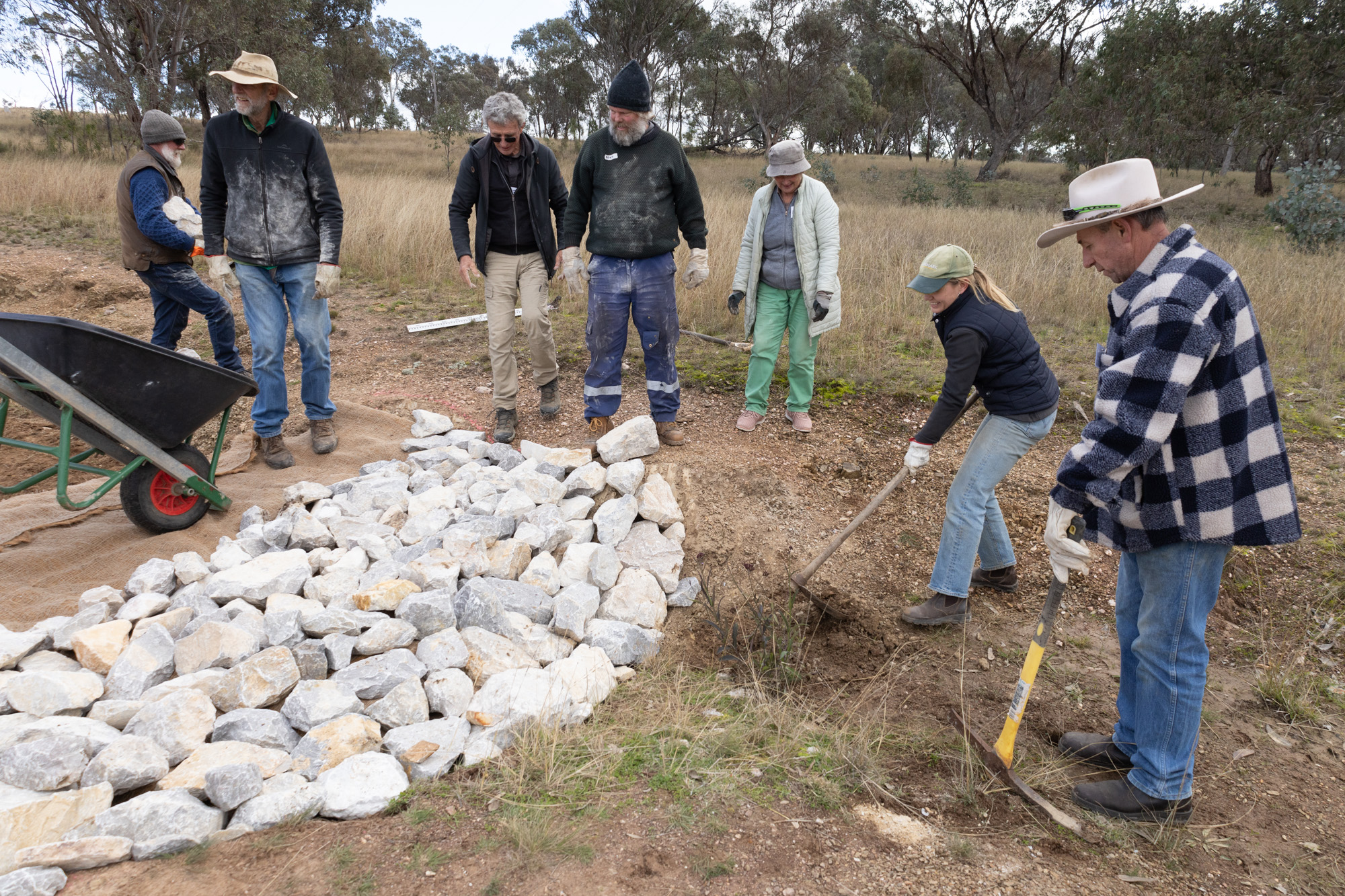
Building on top of what was achieved over a decade a go, the workshop was a unique chance to see how what was achieved can really work to remediate the erosion. The day was complete when we stepped back and looked at what we had accomplished, moving tonnes of rocks and addressing the main concerns within the project site. It’s amazing what can be done as a team, and with basic and accessible materials. Our gratitude goes out to the amazing Landcarers who came along and made the outcome possible. To Erin & Laura who shared such important knowledge with us in a truly memorable way, thank you!
If you have erosion or gully problems on your place, contacting Mulloon Institute or Watershed Landcare is a great place to start.
Thank you to Laura & Erin from Mulloon Institute for imparting their knowledge and to the wonderful team of people who made the day truly transformational. A massive thank you to Nigel White for hosting us on his property. Special mentions go to Cheryl Nielsen, Bruce Christie, Hunter White and Lewis Statham for being instrumental in the day’s success. Thank you!!
This project was made possible thanks to Glencore and their community support fund.
This workshop was also supported by the NSW Environmental Trust.
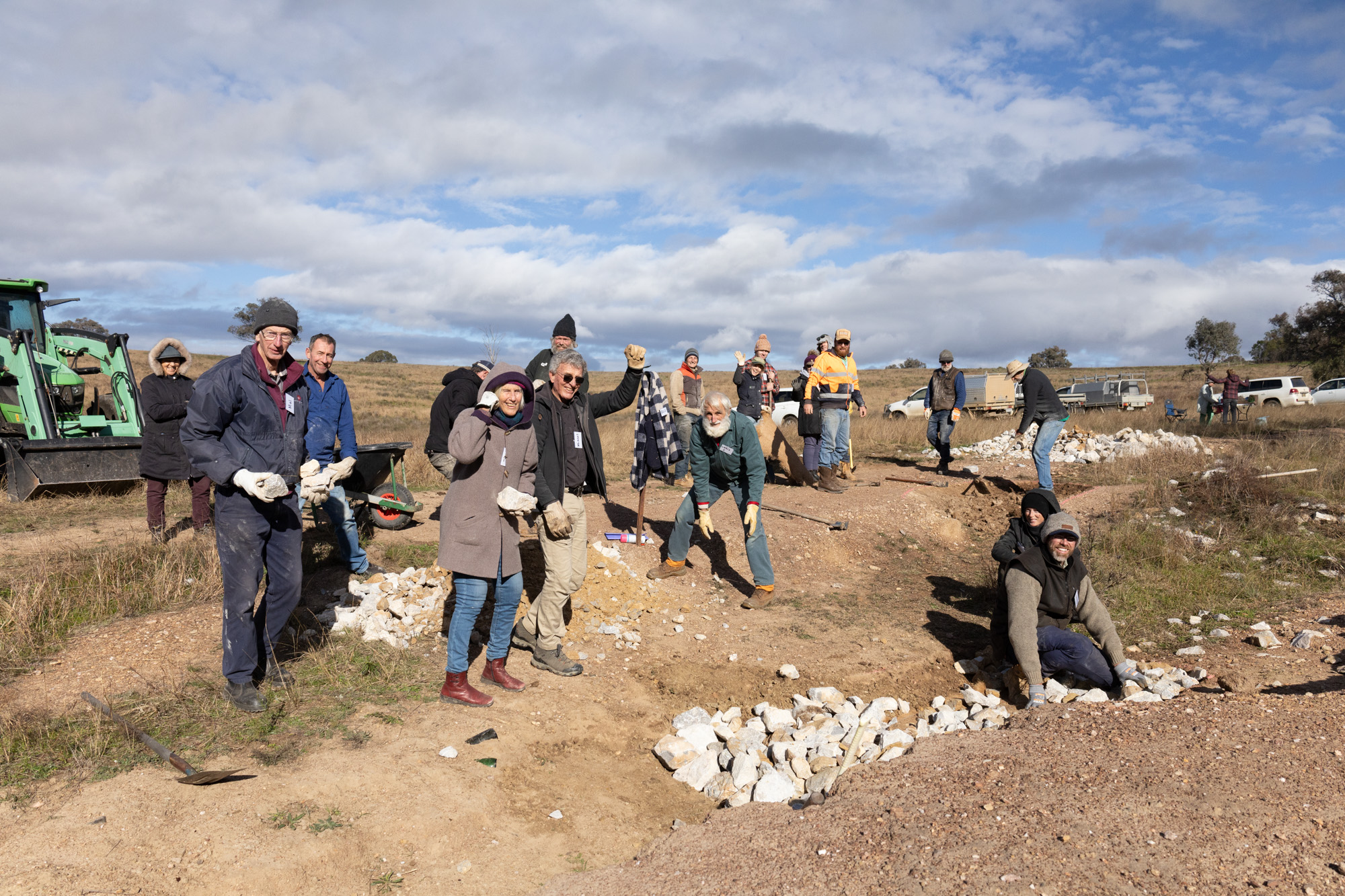
Thank you to the incredible group that came along to create an amazing transformation using landscape rehydration techniques.



